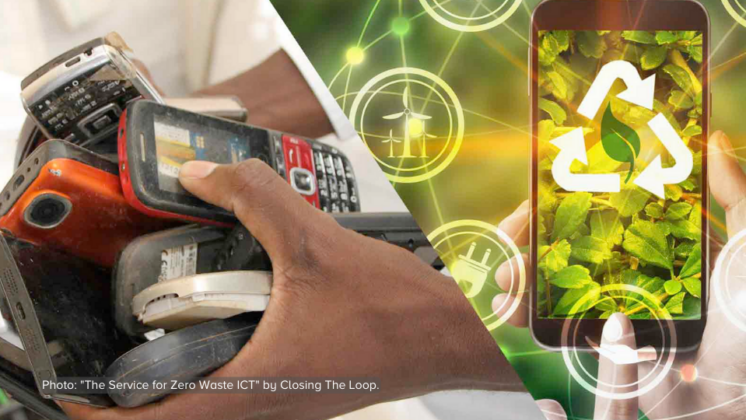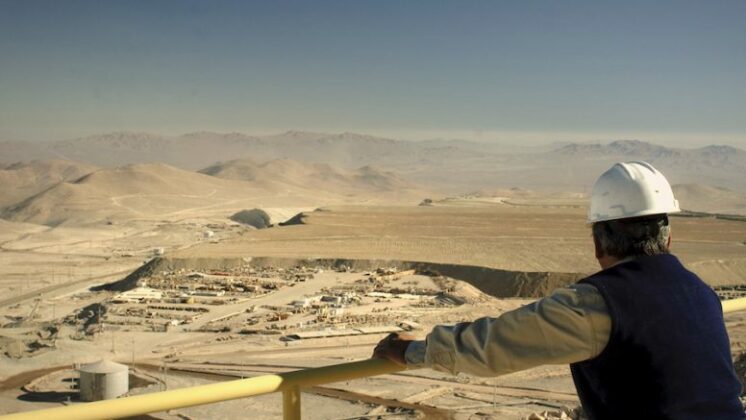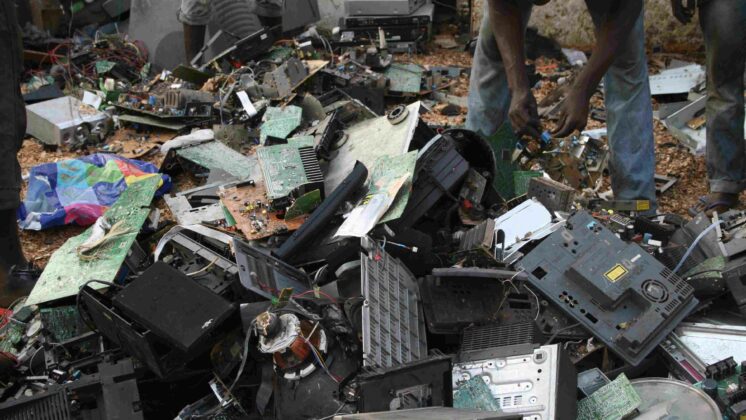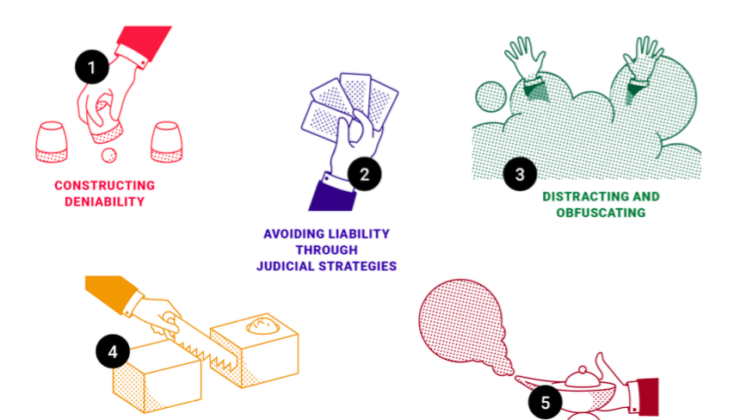Electronic waste is becoming an increasing problem in Asia. There is no sufficient pre-existing infrastructure to deal with the growing amount of e-waste.
A particular concern is the variety of environmentally deleterious chemicals like mercury, lead, arsenic and beryllium present in electronics. When these end up in landfill, chemicals can leak into the soil, air, and nearby watersheds. According to a study issued by the United Nations University’s Sustainable Cycles programme (UNU), the amount of e-waste in Asia has risen by 63 percent in the last five years.
E-waste regulation is lacking in Asia. Despite Chinese ban on the import of e-waste in 2002, China remains the largest recipient of e-waste. A challenge in dealing with e-waste is that the design of products is becoming more sophisticated and compact, therefore more difficult to recycle.
According to Nick Warelis, a project manager of CSR Asia, mismanagement of e-waste affects the air, water, soil, operations, communities and profits. Proper disposal is critical and requires support from all stakeholders. Private and public sectors need to collaborate to address the issue of e-waste adequately.
Read it here.








